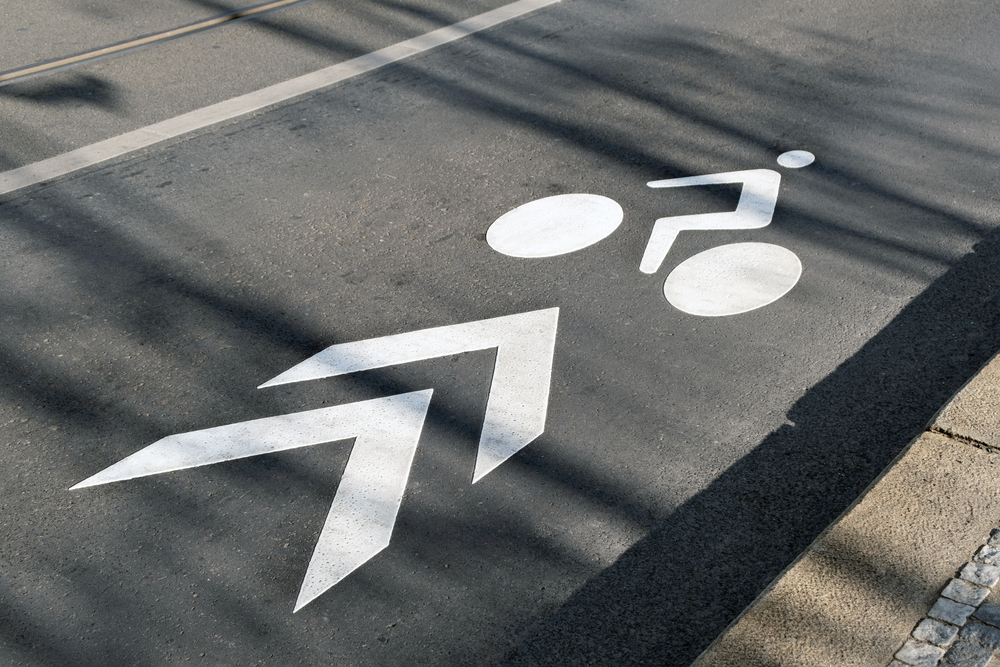
Biking in New York City isn’t for the faint of heart. But as lawmakers have begun to prioritize protections for cyclists, pedestrians, and other vulnerable road users, they’ve landed on an idea that could very well reshape how people commute across the City’s busy neighborhoods: concrete-protected bike lanes.
As reported by Curbed, NYC Transportation Commissioner Ydanis Rodriguez announced in February that the Department of Transportation is moving forward with its promise to protect half of the City’s bike lanes during the first 100 days of the new administration.
The DOT’s plan will update delineator-protected bike lanes by replacing plastic road dividers with four-ton, 15-foot concrete barriers. The process, known as hardening, is designed to provide durable physical protection on high-volume roads where vehicle speed exceeds 25 mph. Several studies have shown that such barriers can save the lives of bicyclists, pedestrians, and even motorists.
The DOT is scheduled to harden at least half of the City’s 40 miles of protected bike lanes by 2023. So far, it’s been working along protected lanes in Hell’s Kitchen and lower Manhattan and will continue the process in locations with high ridership, heavy vehicle traffic, and a history of vehicle non-compliance. This includes areas such as:
- Clinton Street, Delancey Street to South Street (Manhattan)
- Crescent Street, Queens Plaza North to Hoyt Ave N (Queens)
- Vernon Blvd, 46th Ave to 30th Rd (Queens)
- Queens Blvd, 73rd Street to Yellowstone Boulevard (Queens)
In addition to vertical separation elements, the DOT plans to build several miles of new protected bike lanes with designs that are less dependent on existing delineators and which implement signal phasing, transit boarding islands, and other turn management strategies to create safer intersections. It’s also exploring rubber and concrete barrier and curb designs that can effectively partition bike lanes from vehicles without the need for large-scale operations. The DOT has noted that these elements will be implemented throughout the city this summer so their impact on safety can be observed and evaluated.
Safer Streets May Usher in a New Look for NYC
The DOT’s projects could usher in a new future for commuting in the City by unclogging busy corridors and reducing emissions and vehicle pollution. These safer and healthier spaces, advocates hope, would encourage residents to get outside, exercise, and enjoy activities with their kids, not to mention support the growing number of New Yorkers who are opting to commute by bike or foot.
As a firm that’s fought for victims of motor vehicle accidents across NYC since 1983, we’ve seen a lot of changes to our roads; and not always for the better. However, we’ve closely tracked the City’s efforts to make protected bike lanes and pedestrian protections a key part of local infrastructure and are eager to see how they benefit New Yorkers and public safety.
The Perecman Firm, P.L.L.C., is a nationally recognized personal injury and workers’ compensation practice repeatedly included in U.S. News’ “Best Law Firms” rankings. Backed by talented and highly experienced trial lawyers, we’ve recovered over $500 million in compensation for victims, including those injured in bicycle accidents, pedestrian accidents, and other traffic and premises accidents.



